In brief
- A cryptocurrency hardware wallet keeps your private keys stored in a secure offline environment.
- Hardware wallets are widely considered to be the gold standard for securing Bitcoin and other cryptocurrencies.
When it comes to storing cryptocurrencies safely, hardware wallets are widely considered to be the gold standard.
Hardware wallets keep the private keys to your crypto stored in a secure offline environment—meaning that unlike software wallets, they're completely immune to online attacks. The best hardware wallets are also resistant to physical tampering.
Hardware wallets are ideal for anybody looking to safely store a substantial cryptocurrency portfolio, or carry their portfolio with them on the move. They are also an excellent choice for anybody looking to store their crypto assets long-term, with little need to access them regularly.
There are currently dozens of options on the market, each with their own pros and cons, and target userbase; we've rounded up some of the leading contenders.
1.Ledger Nano S Plus
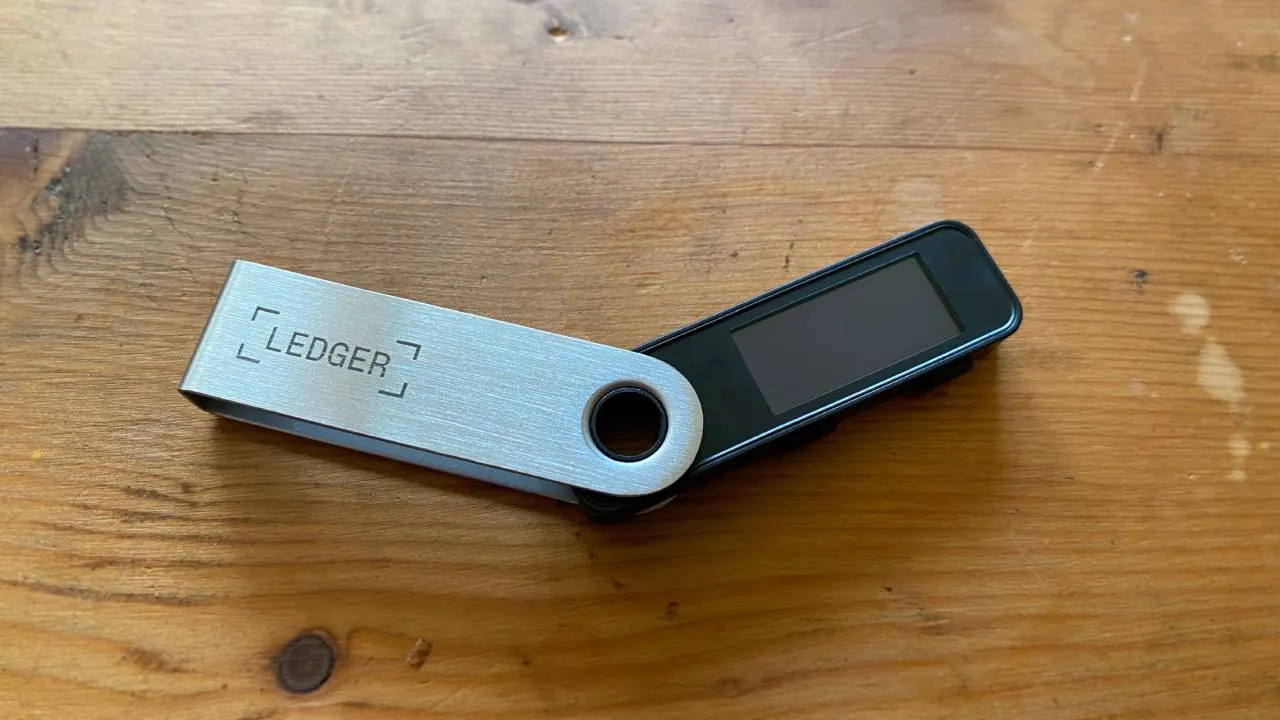
The most recent addition to Ledger's hardware wallet range, the Ledger Nano S Plus sits in-between the flagship Nano X and the base-level Nano S in the lineup.
It sports the same large screen seen on the Nano X, as well as greater storage capacity than the Nano S, and charges using a USB-C cable rather than the old micro-USB seen on the Nano S. The only area where it loses out against the Nano X is its lack of a Bluetooth connection and internal battery—leaving iOS users with no way to connect the wallet to their iPhone (Android users can use a cable to connect their Ledger to their mobile device).
With a beginner-friendly setup procedure and support for a wide range of cryptocurrencies, it's ideally suited to crypto newbies—and unless you desperately need to connect your hardware wallet to your iPhone, it's probably the best all-round wallet currently on the market.
Read our full review of the Ledger Nano S Plus
2.Ledger Nano X
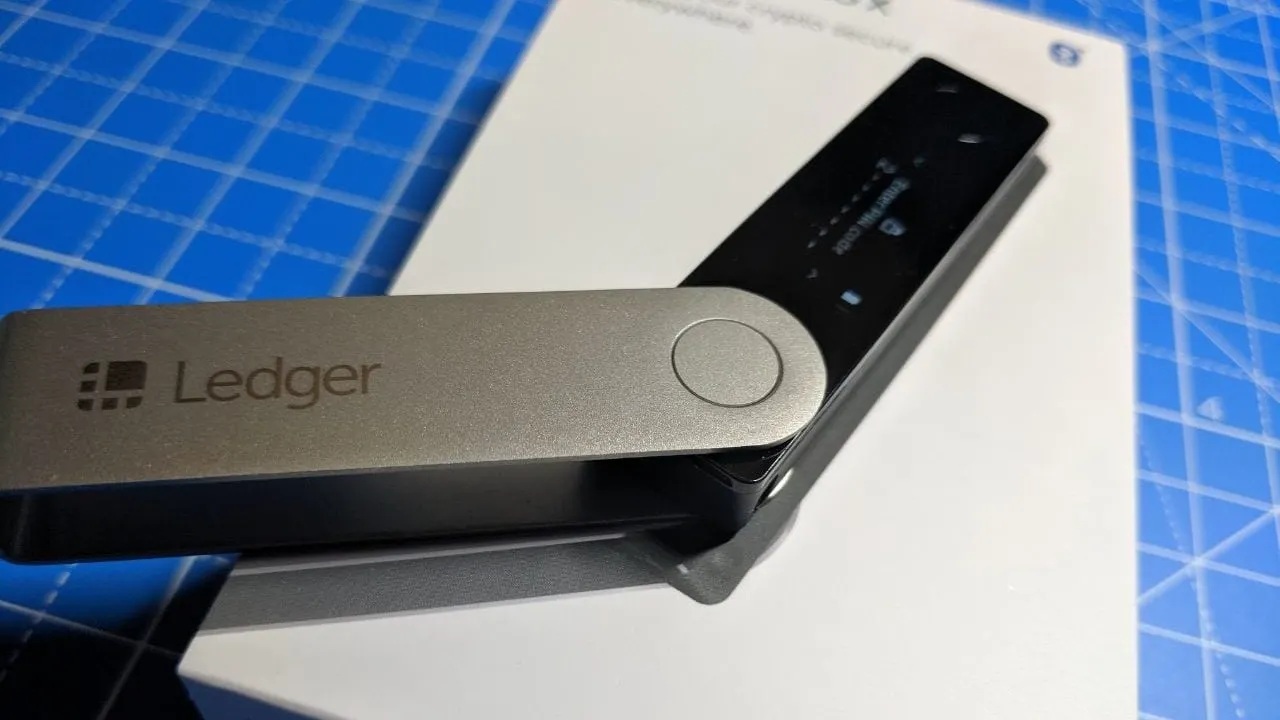
First released in 2019, the Ledger Nano X is the flagship model in Ledger's hardware wallet line-up. It's a marked step up from the older Ledger Nano S, with increased internal memory enabling you to store up to 100 apps, instead of the two or three that the Nano S can manage. It also has a revamped design with a larger display, an internal battery, and Bluetooth support—enabling you to use the device to sync wirelessly with the Ledger Live smartphone app.
Like its predecessor, the Nano X supports a huge variety of cryptocurrencies and is one of the most portable wallets available, making it ideal for those regularly on the move.
At launch Ledger Connect will be compatible with the Ledger Nano X and Safari on iOS (mobile). Learn more here: https://t.co/29HNTkVcT2
— Ledger (@Ledger) May 18, 2022
A series of firmware updates since the Nano X's release have added features including streamlining the update process for the device, and full support for Ethereum 2.0. It's also the only model in Ledger's line-up that will be compatible with its forthcoming Ledger Connect browser extension at launch.
However, with the release of the Ledger Nano S Plus, the Nano X struggles to justify its premium price tag—unless the S Plus' lack of Bluetooth connectivity is a dealbreaker.
Read our full review of the Ledger Nano X
3.Trezor Model T
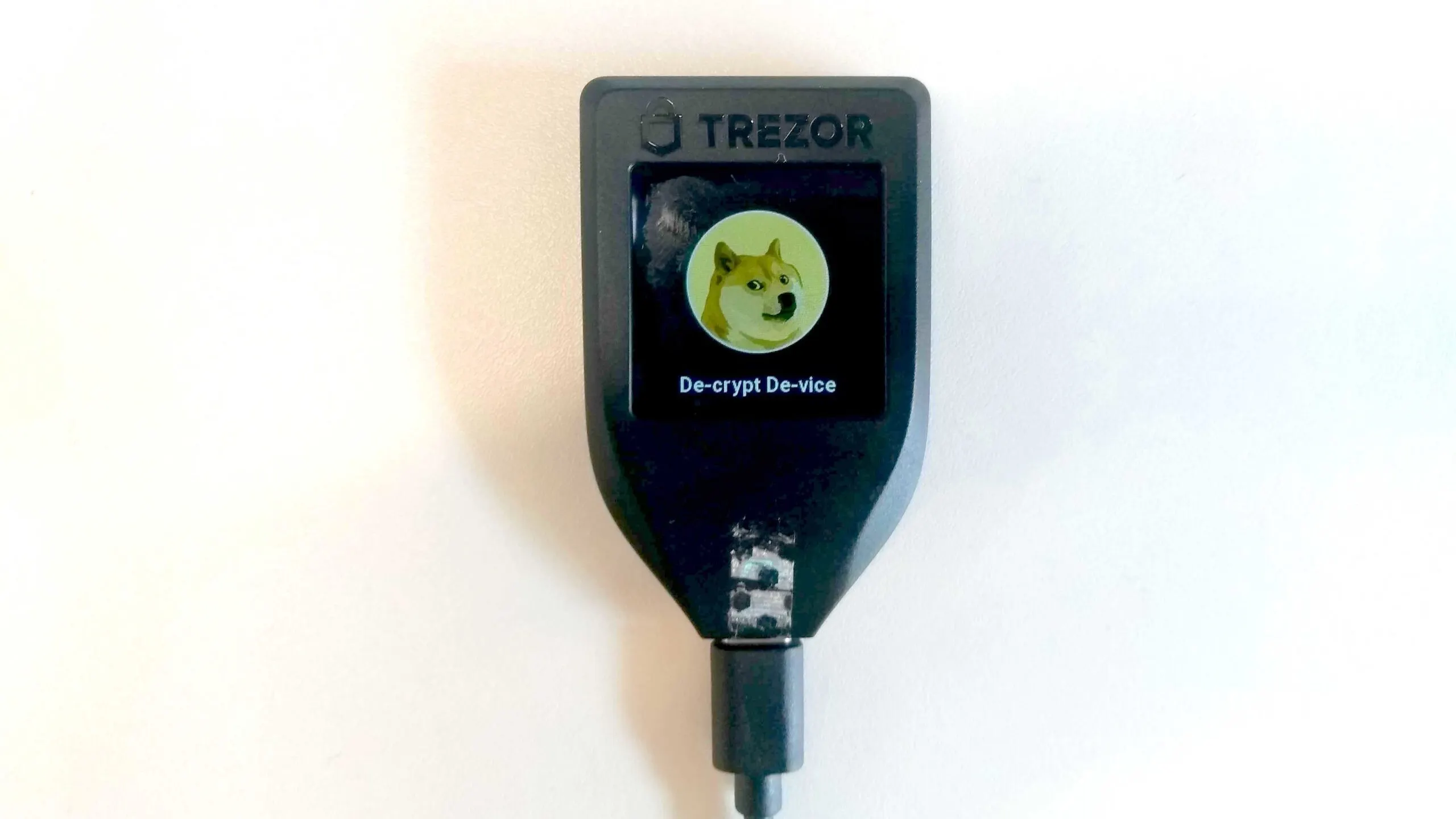
The Trezor Model T is SatoshiLabs' latest foray into the hardware market. The Model T is similar in design to the older Trezor Model One—albeit with a larger touchscreen interface, and support for a much wider range of cryptocurrencies.
Although pricey, the Trezor Model T is regarded as one of the best hardware wallets on the market, particularly for those concerned with the security implications of the Bluetooth connectivity that many recent flagship wallets come equipped with.
July 2021 saw the launch of Trezor Suite, a full desktop app that replaced the previous Trezor Wallet web app as the main interface for Trezor wallets. It makes for a more streamlined and secure user experience, with features including one-click Tor integration and the option to buy crypto and have it sent directly to your hardware wallet.
Read our full review of the Trezor Model T
4.Ledger Nano S

Not long for this world, the Ledger Nano S is set to be discontinued in 2022, having been superseded by the Nano S Plus. But don't discount the old workhorse; the Nano S is an attractive, easy-to-use wallet that is suitable for those looking for robust security on a budget.
The Ledger Nano S features support for well over 5,000 cryptocurrencies, and packs a built-in bank-grade secure element. Its small screen does make interacting with the device a pain—you have to cycle through multiple screens for each crypto address—but that's a small compromise to make given its bargain-basement price.
Periodic updates have refreshed the user experience, even as the hardware becomes increasingly outdated; including the Nano X's Control Center feature, which enables you to adjust settings and delete apps on the device, without having to use the Ledger Live desktop software. A streamlined onboarding process keeps things newbie-friendly, too. An ideal wallet for users on a budget, or power users looking for a cheap backup device.
Read our full review of the Ledger Nano S
5.Trezor Model One
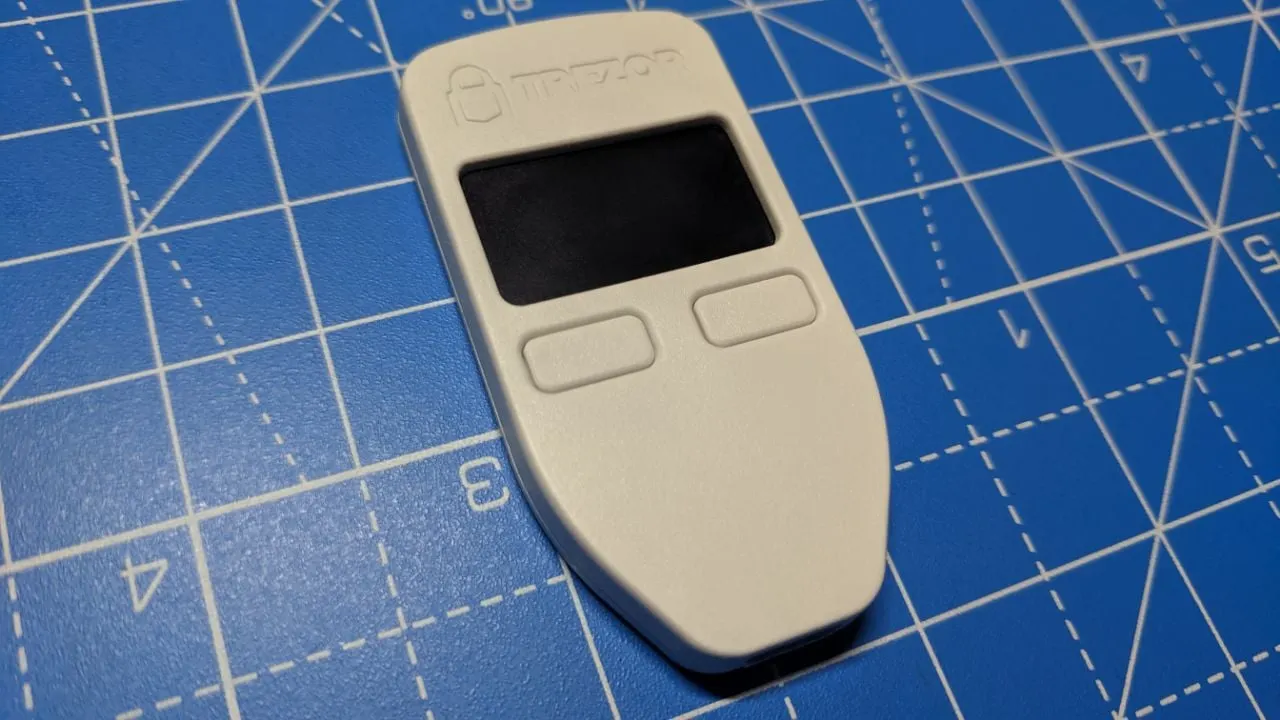
First released by SatoshiLabs in 2014, the Trezor Model One was one of the first hardware wallets to hit the market. Despite its age, the Trezor One still impresses with its security features, support for a huge range of cryptocurrencies and compatibility with dozens of external wallets.
As one of the older wallets on the market, the Trezor One is attractively priced, but still hangs with some of the best in terms of features.
Like its more expensive cousin, the Model T, the Model One also benefits from being able to employ the Trezor Suite app as a wallet interface.
Read our full review of the Trezor Model One
6.CoolWallet S
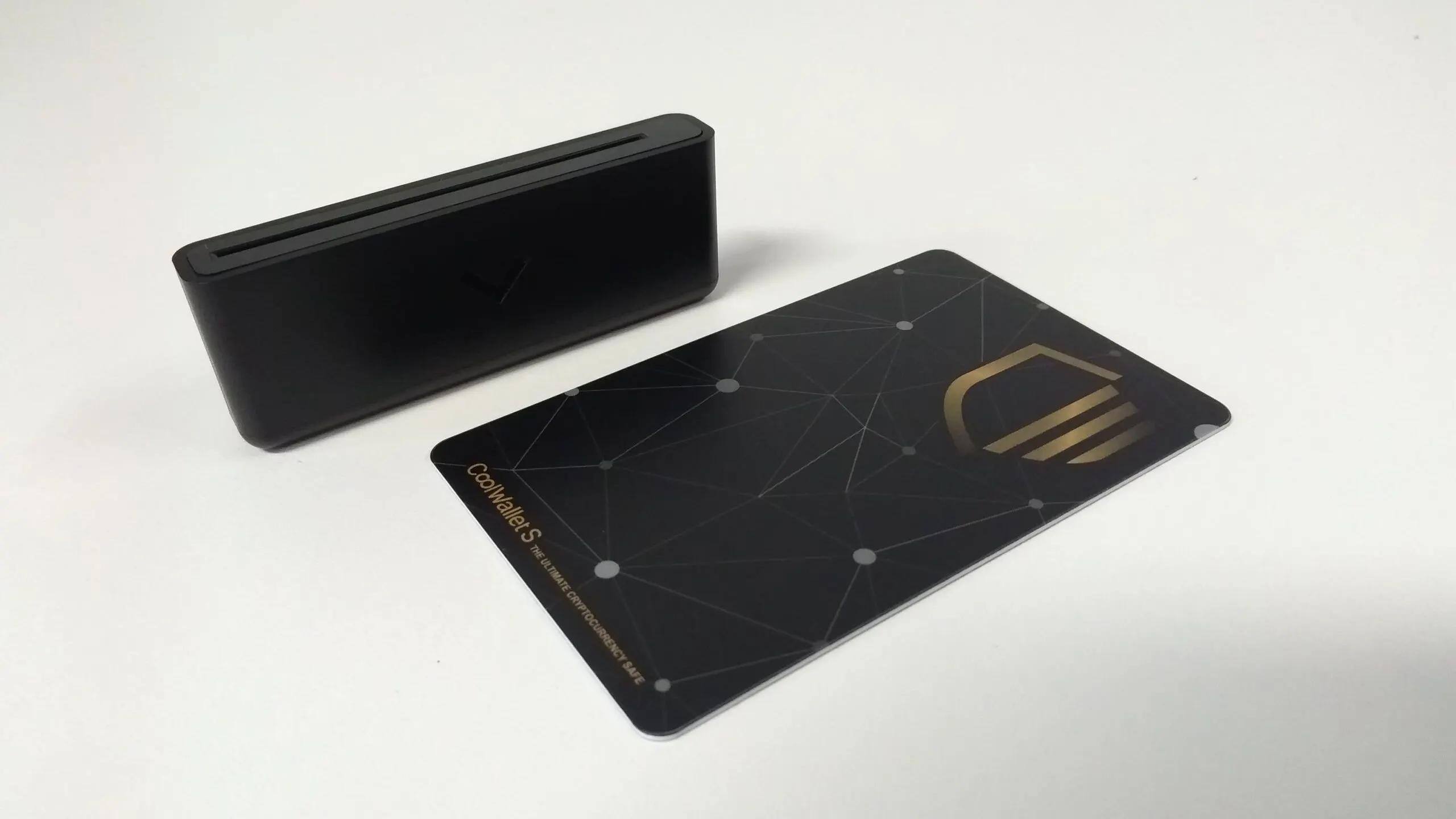
The CoolWallet S is a slimline hardware wallet that's designed to fit in your wallet alongside your debit and credit cards. The CoolWallet S features support for most major cryptocurrencies and is one of the few waterproof hardware wallets available.
The CoolWallet S also comes with Bluetooth connectivity, allowing you to manage your portfolio from almost any Bluetooth-capable device.
Read our full review of the CoolWallet S
7.KeepKey
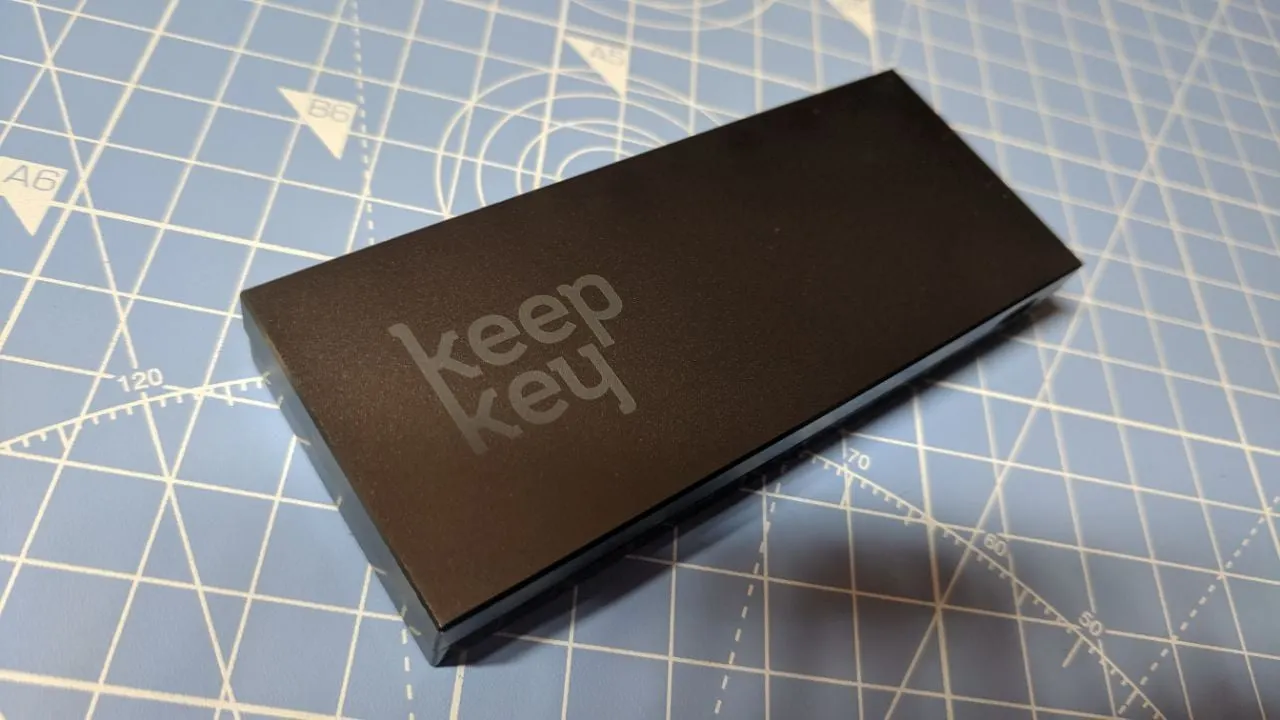
The KeepKey is a simple hardware wallet with a premium design and feel. Designed to be easily accessible, the KeepKey allows users to store most popular cryptocurrencies in cold storage and exchange assets directly on the device thanks to its built-in ShapeShift functionality.
As one of the cheapest hardware wallets on this list, the KeepKey provides excellent bang for your buck, particularly for those that don't need top-end features.
Read our full review of the KeepKey
8.SafePal S1
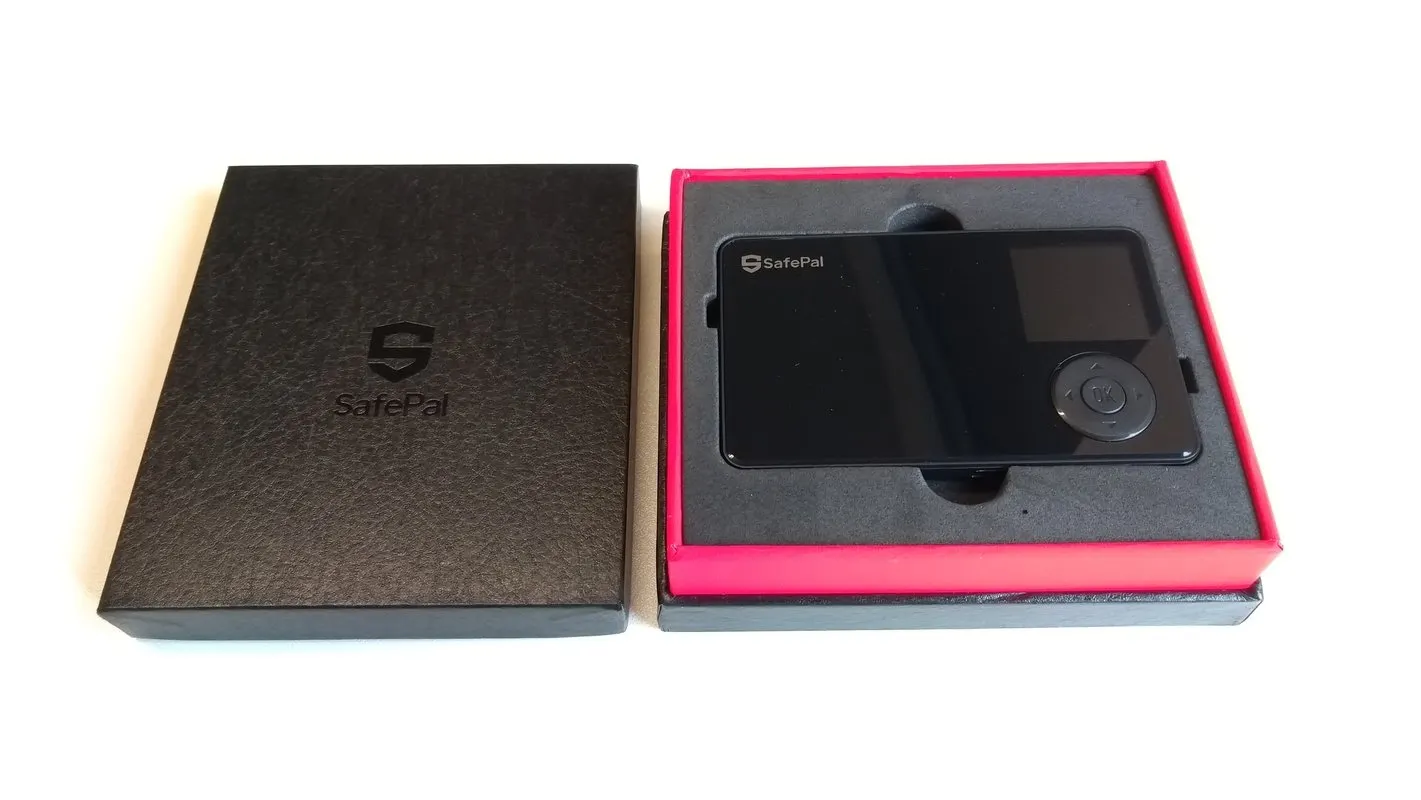
The Binance backed SafePal S1 is a lesser-known hardware wallet that looks to make cryptocurrency storage more secure through a completely self-contained device that lacks USB, Bluetooth, Wi-Fi and any other connection methods.
This relatively cheap device features a built-in camera and six physical buttons, which are all you need to store and access thousands of different cryptocurrencies by scanning QR codes on the associated mobile app.
Read our full review of the Safepal S1
The Best Cryptocurrency Hardware Wallets: The Verdict
As with most things, selecting the cryptocurrency hardware wallet that works best for you will likely come down to your individual needs and preferences. Every wallet on this list will provide better security than a standard software or mobile wallet, but not all offer the same ease of use, features, and range of supported cryptocurrencies.
Based on security alone, Ledger's line-up is arguably the most battle-tested of the bunch, benefiting from the insights garnered by the company's Donjon security team.
The KeepKey is one of the easiest wallets to use, making it a good choice for newcomers to the crypto space; the Ledger Nano S and X are also extremely accessible thanks to the intuitive Ledger Live application. On the flip side, the SafePal S1 is less accessible to inexperienced users.
As for asset support, the Ledger Nano X and S Plus simply mop the floor with everything else on the list—but that versatility comes with a relatively high price tag. For a good mix of value for money and asset support, the Ledger Nano S Plus should represent an acceptable middle ground for most users, and the Trezor Model One offers similar value for those with a diverse cryptocurrency portfolio.
Additional features like 2FA functionality can be found on several devices on the list, including the Trezor Model One and Ledger Nano X and S Plus, while the Trezor Model T, CoolWallet S, and Ledger Nano X offer Bluetooth support for increased flexibility.
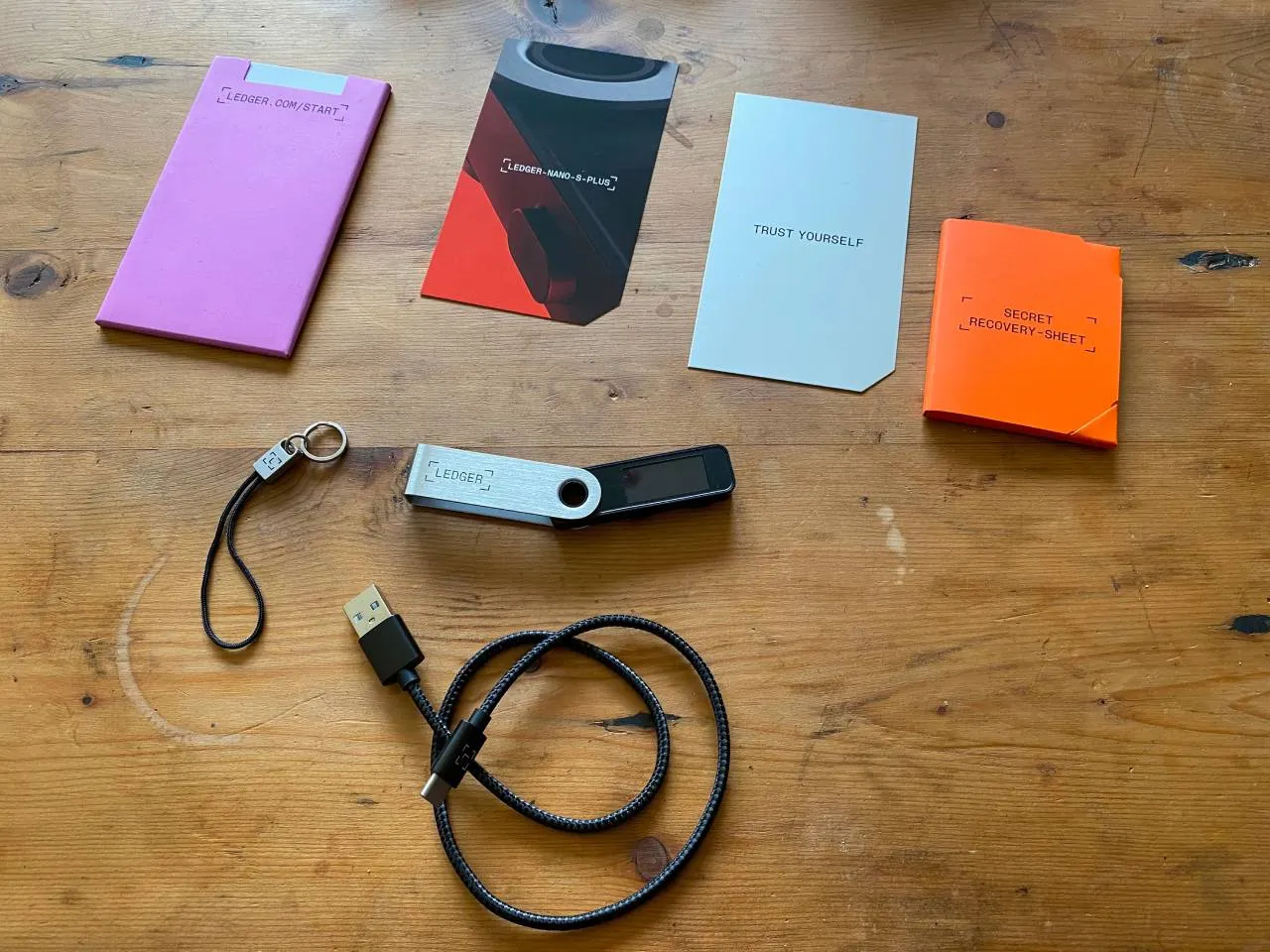
Overall, we believe the Ledger Nano S Plus represents the best mix of security, asset support, and additional features, offering essentially the same spec as its Nano X sibling, minus the pricey addition of Bluetooth connectivity.


